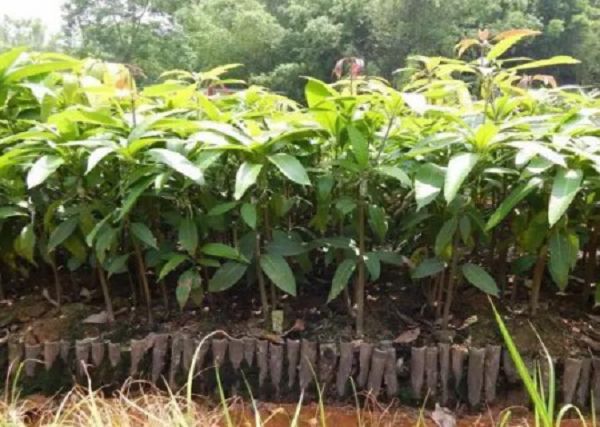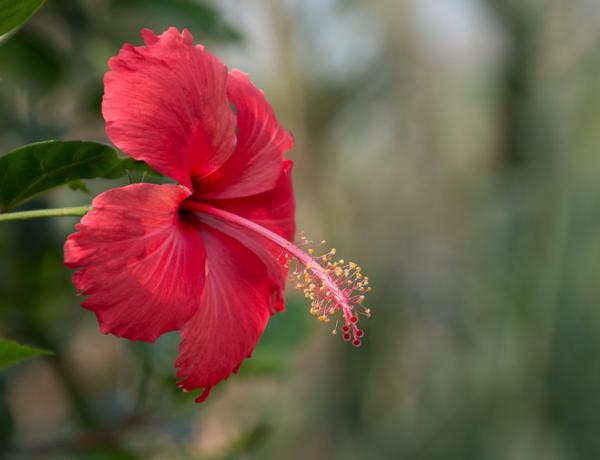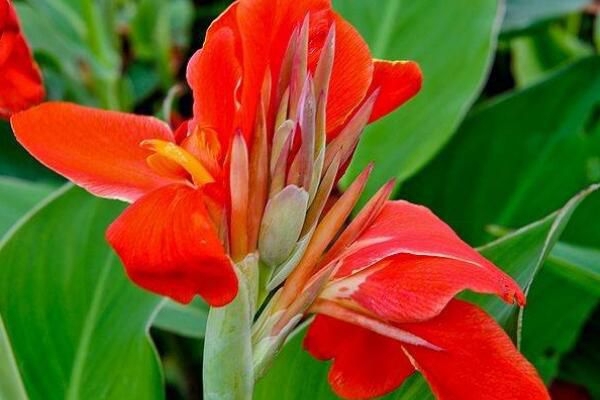Maintenance and management methods of grafted mango seedlings

In recent years, many potted friends have grafted some varieties of mango because of their low yield, poor quality and difficult to manage, such as turning ivory into Jinhuang. So how can grafting be carried out to maintain a high survival rate? The grafting of mango is the grafting of improved varieties of scions on adaptable rootstocks (such as grafted ivory), through the role of the cambium parenchyma cells to repair the wound and form a new individual.
The rootstocks were cultivated on plastic bags and grafted directly into seedlings. The seedlings planted in the ground were grafted and cultivated in plastic bags. The latter usually cut off the rootstock after the grafting survived and bagged the seedlings when the scion buds germinated and expanded and elongated by 0.5 cm. The size of the plastic bag is 30 cm long and 20 cm wide. It is loaded into fertile topsoil or nutritious soil made of dried cow dung or compost mixed with topsoil at 3:7. After planting buds and stakes, they are cultivated in the shade or in the shade.
The grafted mango seedlings should be watered in time to promote scion sprouting and sprouting of rootstocks once every 3-5 days to ensure the growth of scion buds. Whenever the scion picks new shoots, it should be sprayed to prevent disease and insects. In order to protect the scion from being blown down or knocked down by the wind, the scion should be fixed with a stick. Other management methods are the same as those of rootstock seedlings.
The management methods of grafted mango seedlings are as follows:
1. Remove foot buds
After top-cutting grafting, the adventitious buds in the lower part of the grafting interface of rootstocks often germinate and must be checked once a week to remove foot buds in time so as not to affect the growth of grafted buds.
2. Supplementary connection
After 3 weeks of grafting, it is necessary to check whether the scion is alive or not, and if it does not, it should be regrafted in time.
3. Fertilizer and water management
The nursery should always be kept moist, neither dry nor stagnant, and should be irrigated in time in case of drought. After one month of grafting, thin fertilizer and water can be applied once every other month, and the fertilization concentration should be increased month by month.
4. Plastic surgery
Mango seedling shaping is also very important and should not be ignored in production. When the main branch germinated after grafting survived, the top of the main branch could be removed at the length of about 20 cm to promote the lateral branch. When the lateral branch germinated up to 15-20 cm, the top should be removed, secondary lateral branches should be promoted in turn, and the crown should be formed as soon as possible.
5. prevention and control of diseases and insect pests
The tissue of seedlings is young and dense, and diseases and insect pests are easy to occur, especially Spodoptera litura and anthracnose. Therefore, attention should be paid to the use of drugs after scion sprouting to control diseases and insect pests, and 2 or 3 times should be used to control each shoot.
Related
- Fuxing push coffee new agricultural production and marketing class: lack of small-scale processing plants
- Jujube rice field leisure farm deep ploughing Yilan for five years to create a space for organic food and play
- Nongyu Farm-A trial of organic papaya for brave women with advanced technology
- Four points for attention in the prevention and control of diseases and insect pests of edible fungi
- How to add nutrient solution to Edible Fungi
- Is there any good way to control edible fungus mites?
- Open Inoculation Technology of Edible Fungi
- Is there any clever way to use fertilizer for edible fungus in winter?
- What agents are used to kill the pathogens of edible fungi in the mushroom shed?
- Rapid drying of Edible Fungi



